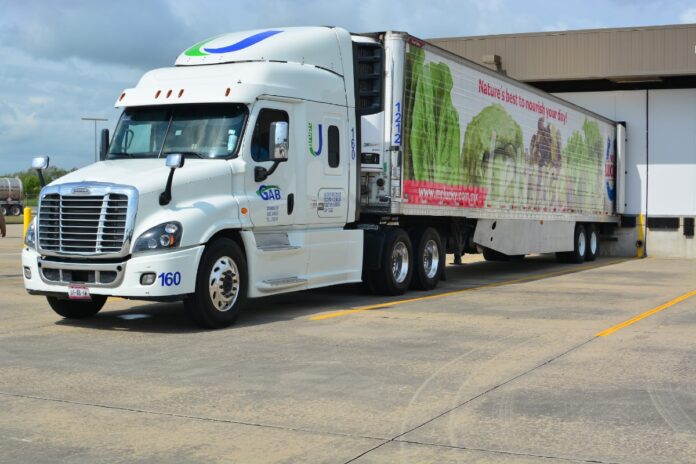Beginning on Friday, federal authorities will increase inspections on imported tomatoes and peppers entering the United States at all ports of entry, including at the Pharr-Reynosa International Bridge, where the most tomatoes cross into the U.S. from Mexico.
The increased inspections to detect tomato brown rugose fruit virus come following an order issued by the U.S. Department of Agriculture’s Animal and Plant Health Inspection Service last week that imposes restrictions on imports of the produce.
“Working closely with our partners at the USDA, our CBP agriculture specialists serve tirelessly to protect our nation’s agriculture industries against the accidental or deliberate introduction of plant and animal diseases such as the tomato brown rugose fruit virus,” CBP’s Agriculture Programs and Trade Liaison Director Kevin Harringer said in a statement. “Diseases like this, as well as other invasive species could devastate our nation’s economy, and threaten the health and safety of our citizens.”
Dante Galeazzi, president of the Texas International Produce Association, said the virus is not a food safety threat to humans or animals.
“The virus is limited to plant health,” Galeazzi said in an interview. “It will impact the quality of the plant or the appearance of the fruit, but it won’t make anybody sick and it doesn’t present a harm to people if they eat this.”
The virus has been reported in Mexico, as well as China, Greece, Italy, Jordan, Turkey, the Netherlands and the United Kingdom, according to CBP. The virus was detected and eradicated from a California tomato greenhouse in 2018.
“The tomato folks, especially those in Mexico, have been actively addressing this virus issue for the last two years and have put in some aggressive best practices and controls to prevent the introduction of the virus into their facilities,” Galeazzi said. “They move very quickly in Mexico to eradicate any virus.”




